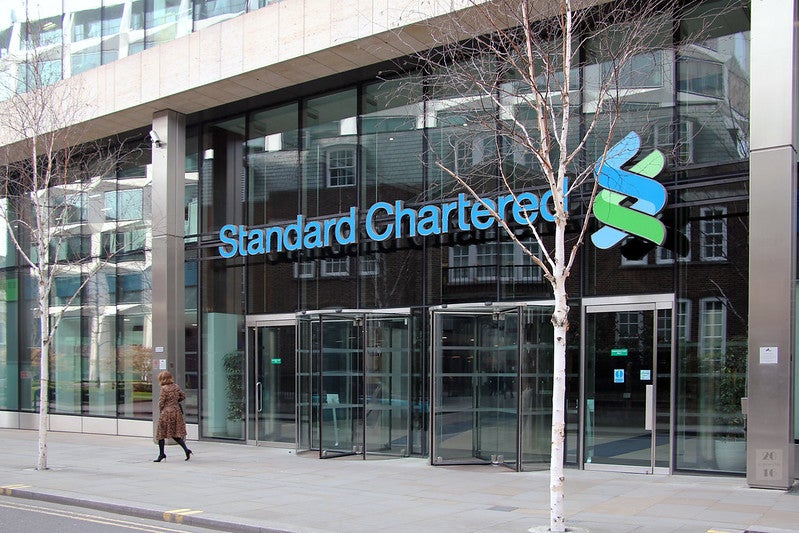Private banks may have ridden through the perfect storm
of lower asset bases, cautious market behaviour and a shift toward
low-margin financial products, but not without long-lasting impact.
Charles Davis examines how private banks are dealing with margin
squeeze as cost/income ratios hit 10-year highs.
 Is your bank’s
Is your bank’s
cost/income ratio making you nervous? If not, should it? Dwindling
revenues and creeping regulation is creating an uneasy margin
squeeze on wealth managers.
Commentators suggest private
banking models must adapt to tighter margins or face further asset
erosion. So where can wealth managers look for efficiencies?
McKinsey’s 2010 private banking
survey of 160 banks found the industry’s cost/income ratio rose
from 71% to 76%, ending at its highest level in 10 years.
A similar study from Scorpio
Consulting puts the figure even higher. It found the ratio of costs
to income in global private banking rose above 78% in 2009, against
72% the previous year, when the credit crisis was at its worst.
How well do you really know your competitors?
Access the most comprehensive Company Profiles on the market, powered by GlobalData. Save hours of research. Gain competitive edge.

Thank you!
Your download email will arrive shortly
Not ready to buy yet? Download a free sample
We are confident about the unique quality of our Company Profiles. However, we want you to make the most beneficial decision for your business, so we offer a free sample that you can download by submitting the below form
By GlobalDataMedian profitability fell by 35%,
with costs continuing to rise, as income fell. In 2006 the
industry’s cost/income ratio was nearer to 63%.
Profit pincers
Andreas Lenzhofer, a principal at
Booz & Company, says pressure on margins comes from two sides.
First, revenue pools have diminished as clients are taking a more
cautious approach to how they manage their assets.
This includes fewer transactions,
high demand for transparency in products/fee structures and low
risk investment style. Meanwhile, the cost of regulatory compliance
is on the rise, particularly for managers offering cross-border
services.
“Private banks will need to further
reduce unit cost either by gaining scale organically, [by mergers
and acquisitions] or by taking further cost reduction measures,”
Lenzhofer says.
Strategies that focus on developing
differentiated capabilities will help institutions to cut costs
further without compromising their priorities.
Finding new ways to lower
costs
So far private banks have taken a
top-down approach to cost reduction, supported by significantly
lower personnel cost due to cuts in bonus payments.
Private banks turned to
cost-cutting measures to remain profitable during the downturn; all
respondents reported reductions in variable pay and cuts to travel
and entertainment, a recent Booz & Company study found, and 85%
made selective staff cuts.
Private banks will need to find new
ways to further lower their cost base beyond the 10-15% that were
readily available across the board. In the future, banks need to
think more systematically about where and how to further lower
their cost base, Lenzhofer says.
Front-office area is one area to
target. Relationship managers are still involved in too many
clerical or overly complex transactions, says Lenzhofer.
“True client facing time is often
below 20%, so a bundling/industrialisation of activities is
missing,” Lenzhofer adds. “Furthermore, there are many sub-scale
client portfolios post-crisis where a rebalancing/reloading is
needed.”
Middle office
cuts?
Booz also sees opportunities for
cost-cutting in the middle office/investment management sector.
Lenzhofer says there is often duplication of efforts between
global, regional and local market entities, for product portfolio
management, sourcing/screening of best-in-class products, advisory
and investment consulting.
Scorpio managing partner Stephen
Wall says that wealthy individuals are also less willing to take
risks with their wealth. This has an impact on private banks
because high-risk strategies tend to generate high fees.
“At a macro level the industry has
not been able to get customers back in highly valued asset classes,
especially the more remunerative equity products,” Wall says.
“And then you have this reduced
income level, a failure to re-engage with clients on these more
remunerative products and cost ratios are being hit by the rising
cost of talent, the greater cost of compliance now and new
regulatory threats.”
In addition, a crackdown on
undeclared assets is forcing offshore private banks to come up with
new value propositions. Faced with increased scrutiny of offshore
accounts by tax authorities, especially those of G20 countries,
private investors have started to repatriate undeclared offshore
funds.
Offshores change
for a ‘declared world’
Offshore private banks will need to
create new strategies to play in a “declared world” and private
banks heavily dependent on un-declared assets might find themselves
without a viable business model sooner rather than later, Wall
says.
Client expectations will put the
integrated private banking model itself under the microscope,
according to Scorpio.
Today there is a mistrust towards
integrated players that combine product production and distribution
under one roof without a fully transparent approach to product
portfolio management.
In response, some institutions have
already taken steps to separate their asset management business
from their distribution arms, and others are likely to follow.
“The industry can’t do much about the risk issue right now, but
they can become far more transparent,” Wall says. “There is a
language issue to start with. It is about really understanding what
trust is to the client. Institutions talk about trust as one thing,
and clients think about it as something quite differently.”







